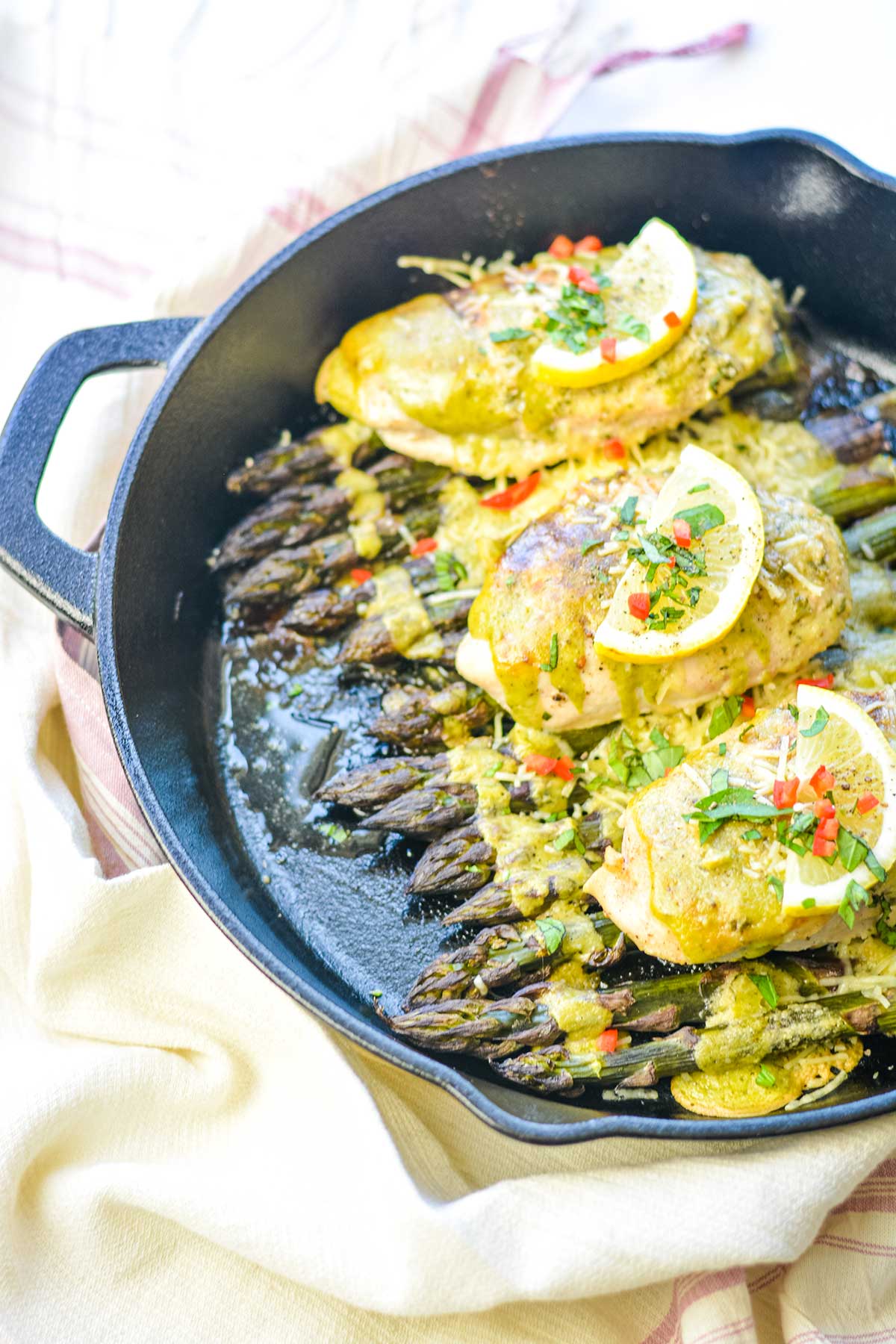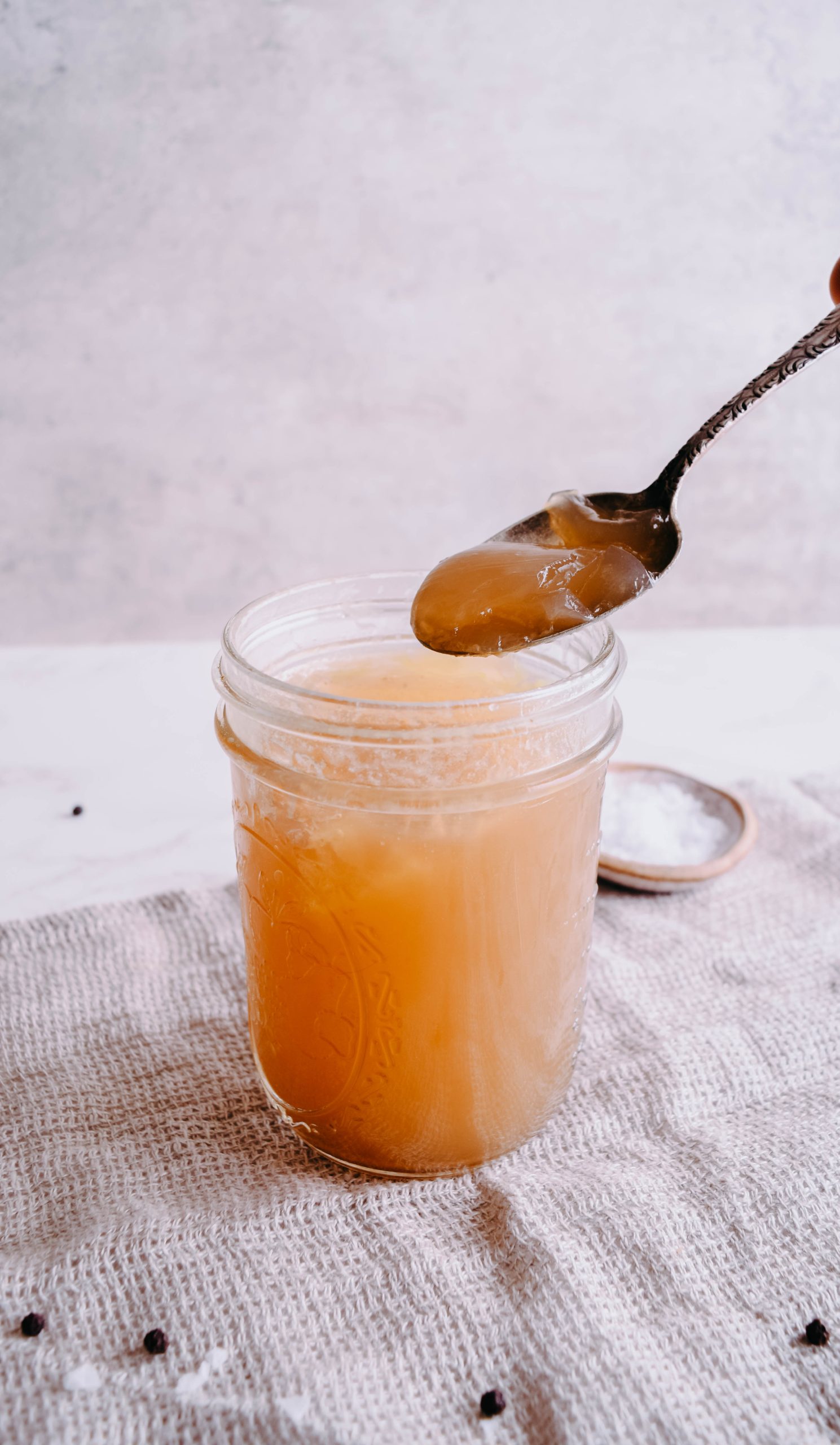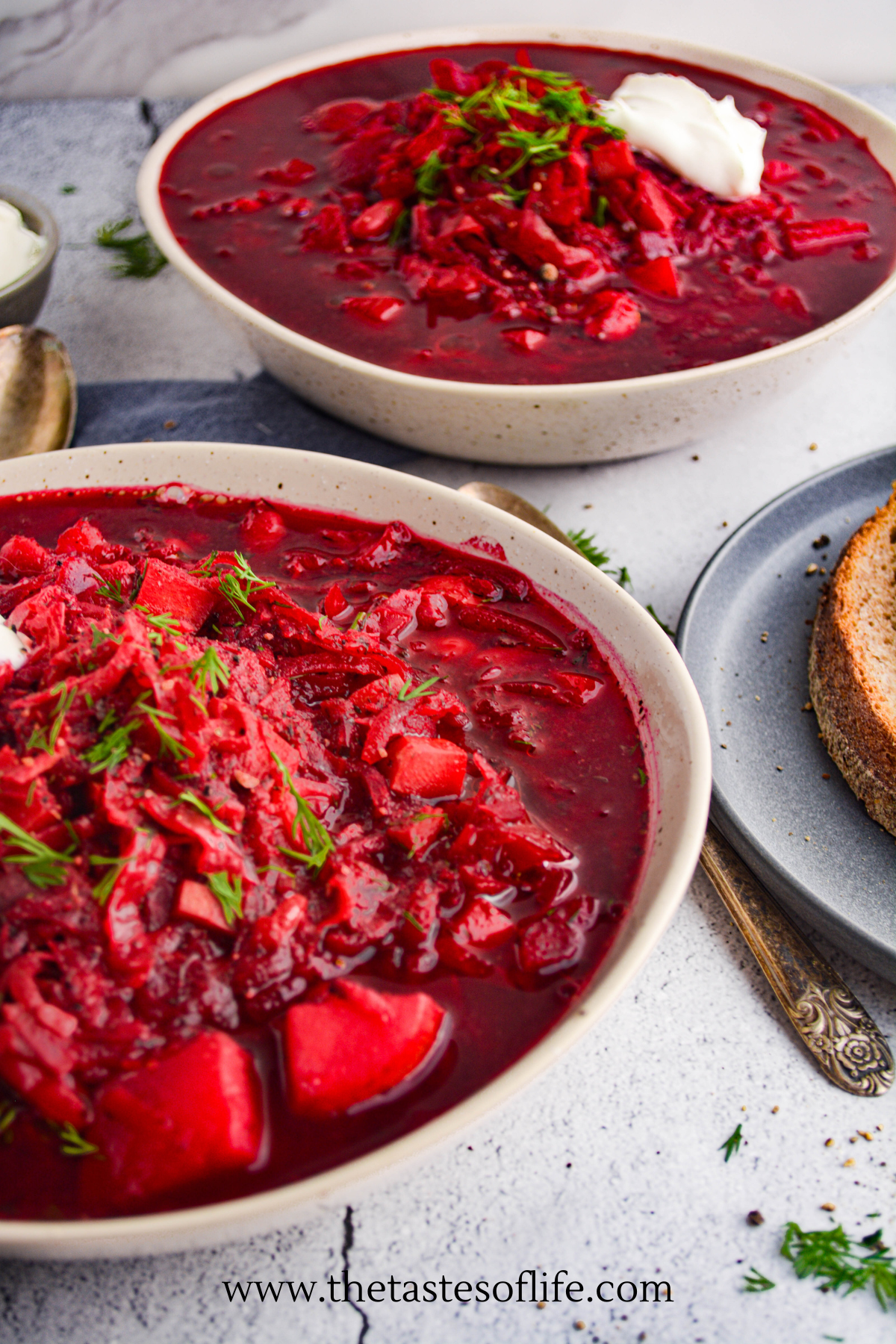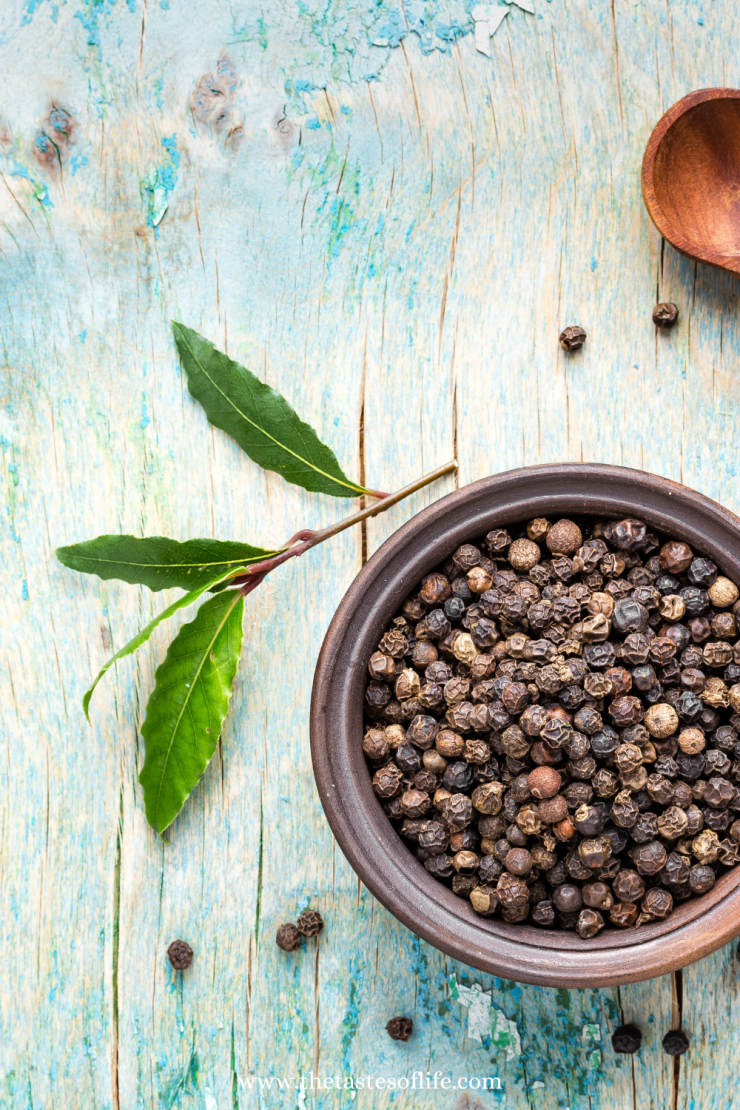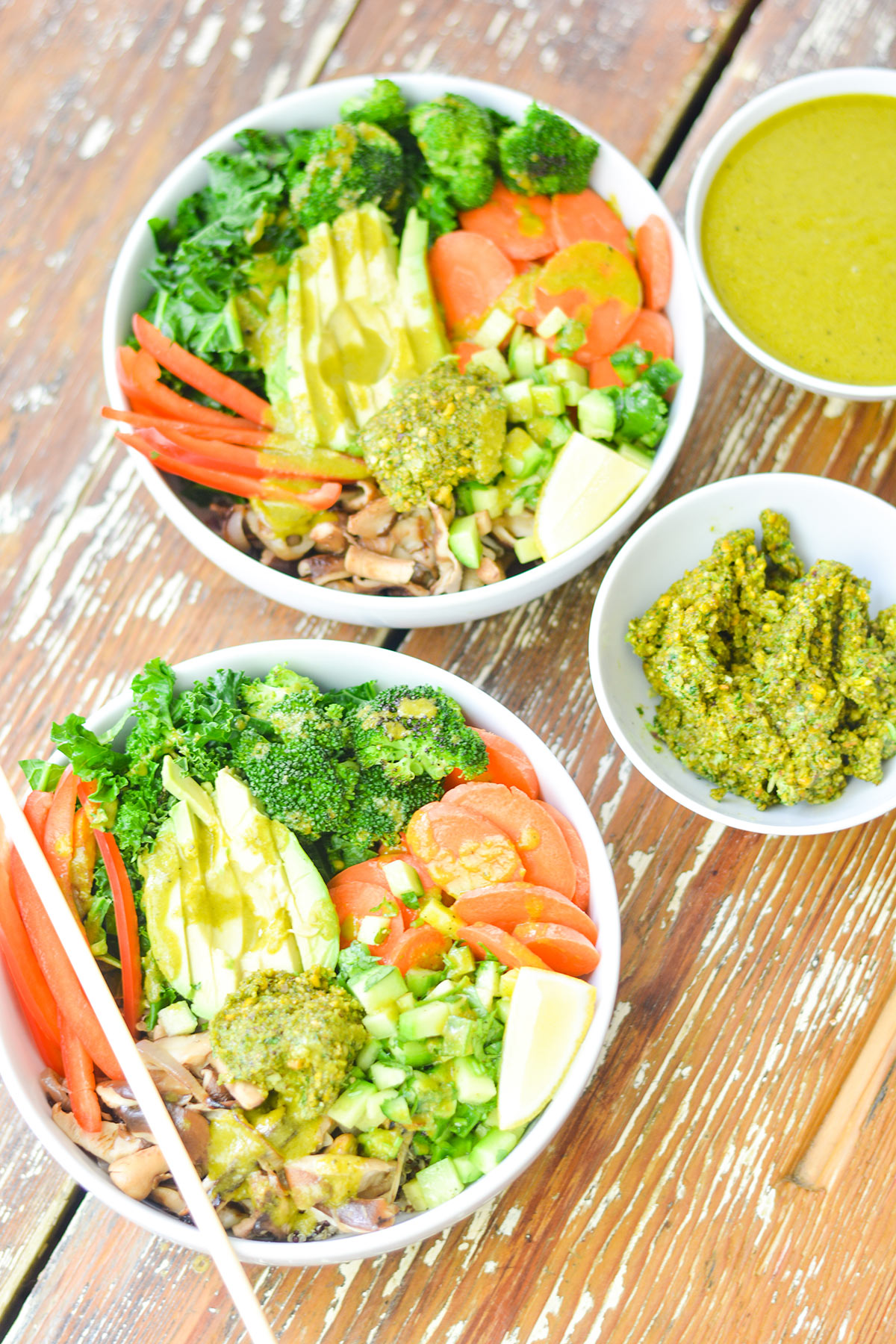Tips on How to Make the Best Curry
Discover essential tips on how to make the best curry. From selecting the right spices to mastering cooking techniques, our guide will help you create flavorful, aromatic curry dishes that will impress everyone at the table

How To Make The Best Curry
Curry is a beloved dish that has found its way into kitchens around the globe, celebrated for its rich flavors, aromatic spices, and comforting warmth. Whether you’re a seasoned chef or just starting out in the kitchen, learning how to make the best curry can elevate your culinary skills and delight your taste buds. In this blog, we’ll share essential tips and techniques to help you create the best curry, from selecting the perfect spices to achieving the ideal texture and balance of flavors. Get ready to embark on a flavorful journey and transform your cooking with these expert tips on how to make the best curry.
Choose the Right Spices for Curry
The foundation of any great curry lies in its spices. Fresh, high-quality spices can make a significant difference in the flavor of your dish. Key spices to consider include:
- Cumin: Adds a warm, earthy flavor.
- Coriander: Offers a mild, citrusy taste.
- Turmeric: Gives curry its vibrant yellow color and a subtle, bitter flavor.
- Cardamom: Provides a sweet, floral note.
- Cloves: Contribute a strong, pungent aroma.
- Cinnamon: Adds warmth and sweetness.
- Ginger and Garlic: Essential for a well-rounded base.
Using a mix of whole and ground spices can add depth and complexity to your dish.
- Whole Spices: Cumin seeds, mustard seeds, and fennel seeds are essential. Toast them in a little bit of oil or mustard oil until they pop and release their aroma. This step, known as tempering, forms the base of most curries.
- Ground Spices: Ground spices like turmeric powder, cayenne pepper, and garam masala provide a robust flavor. Fresh spices always yield the best results, so it’s worth investing in quality.
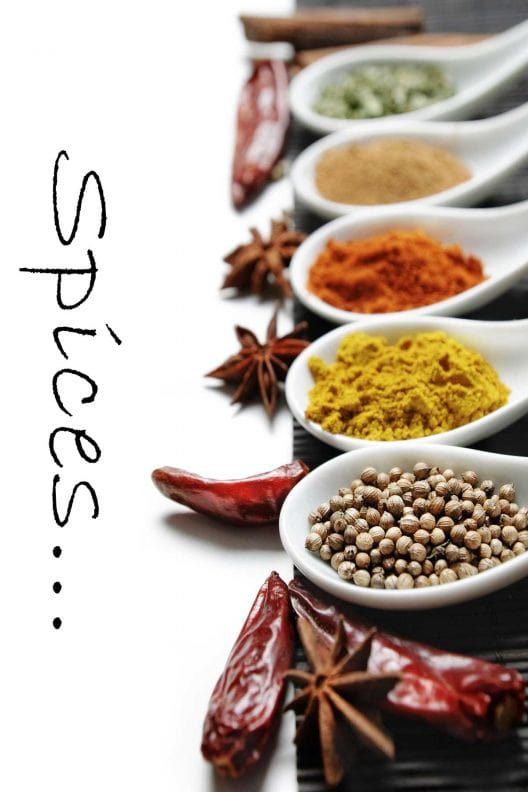
Adding Tomatoes and Liquids to The Curry
Tomatoes add acidity and sweetness, balancing the heat from the spices.
- Fresh Tomatoes: Fresh tomatoes are ideal, but tomato puree can be a convenient alternative.
- Coconut Milk: For a creamy texture, coconut milk is a great way to add richness to your curry.
- Lemon Juice or Lime Juice: A squeeze of lemon juice or lime juice at the end brightens the flavors and balances the dish.
Master the Cooking Techniques For Perfect Curry
Creating the best curry involves mastering a few key cooking techniques:
- High Heat and Low Heat: Start on high heat to sauté spices and onions, then reduce to low heat to simmer the curry and meld the flavors.
- Pressure Cooker or Slow Cooker: For tender meat, using a pressure cooker or slow cooker is the best way. This method reduces the cooking time and enhances the flavors.
- Sautéing Spices: Start by heating oil in a pan and sautéing your whole spices until they release their aroma. This process, known as tempering, is crucial for developing depth of flavor.
- Creating a Base: Next, add finely chopped onions, garlic, and ginger to the pan. Cook until the onions are golden brown, which helps build a rich, flavorful base.
- Adding Tomatoes: Fresh or canned tomatoes can add acidity and sweetness. Cook them down until they break apart and integrate with the spices.

Balancing Flavors in Curry Sauce
Achieving the perfect balance of flavors is key to making the best curry. Consider the following elements:
- Heat: Adjust the level of spiciness by adding fresh chilies or chili powder. Remember, you can always add more, but you can’t take it away.
- Sweetness: A touch of sugar, honey, or coconut milk can balance out the heat and acidity.
- Acidity: Lime juice or vinegar can brighten the dish and enhance other flavors.
- Salt: Proper seasoning is essential. Taste as you go and adjust as needed.
Selecting the Right Protein and Vegetables for Curry
Whether you prefer meat, seafood, or vegetarian curries, the choice of protein and vegetables can greatly influence the dish:
- Meat: Chicken, lamb, and beef are popular choices. Ensure the meat is cooked until tender and has absorbed the flavors of the spices.
- Seafood: Fish and shrimp cook quickly and are best added towards the end of the cooking process.
- Vegetarian: Paneer, tofu, chickpeas, and a variety of vegetables can create a hearty and satisfying curry.

Finishing Touches
The final touches can take your curry from good to great:
- Fresh Herbs: Garnish with fresh cilantro or mint to add a burst of freshness.
- Creaminess: A splash of cream, yogurt, or coconut milk can create a rich, creamy texture.
- Garnishes: Top with toasted nuts, fried onions, or a dollop of chutney for added texture and flavor.
- Garam Masala and Fresh Herbs: Adding a pinch of salt, a dash of garam masala, and fresh herbs like cilantro just before serving can make a big difference.
- Curry Leaves and Bay Leaf: Curry leaves add an authentic Indian flavor, while a bay leaf adds subtle depth.
- Star Anise: For an additional layer of flavor, try adding star anise during the simmering stage.
Making the best curry is an art that involves selecting the right spices, mastering cooking techniques, balancing flavors, and choosing the perfect protein and vegetables. With these tips, you’ll be well on your way to creating flavorful, aromatic curry dishes that will impress everyone at the table. So, roll up your sleeves, gather your spices, and embark on a culinary adventure to make the best curry ever.
More Kitchen Hacks
A Guide to Vinegar And Its Culinary Uses
How To Use Herbs In The Kitchen
How to Fix Broken Mayonnaise: Tips & Tricks
The Role Of Acid In Flavor Balance
How to Use Preserved Lemons and Add a Burst of Flavor to Any Dish

Masala Curry Paste Recipe
Ingredients
- 3 tbsp oil or clarified butter, better known as ghee.
- 2 onions
- 3 tbsp garam msala
- 1 tbsp cumin seeds ground
- 1 tbsp coriander seed
- 1 tbsp chili powder
- 4 cloves garlic crushed
- 2 tbsp fresh ginger peeled and crushed
- 1/2 tsp cloves
- 1 tbsp turmeric powder
- 1 tbsp salt
- 1/2 tsp cayenne pepper
- 3/4 cup almonds
- 3 tbsp lemon juice freshly squeezed
- 1/2 cup cilantro
For the Masala Sauce
- 2 cups tomato purre+3/4 cup broth or water
- 1 can full-fat coconut milk
- salt to taste
Instructions
- Masala Paste: Pulse all the ingredients for the masala paste in a food processor until it is smooth.Masala Sauce: Heat an oil in a skillet. Add 1/4 cup masala paste to the skillet (not all of it! Reserve the rest for future use) with a little bit of oil and stir around in the pan until fragrant (5 minutes). If you’re making this with protein, this is a good time to add your protein to the pan. Add the tomato puree and water and simmer until it’s a rusty-deep-red color – about 10 minutes. Add the coconut milk; simmer for 10 minutes until thick and creamy. Longer simmer = thicker and better flavor.

